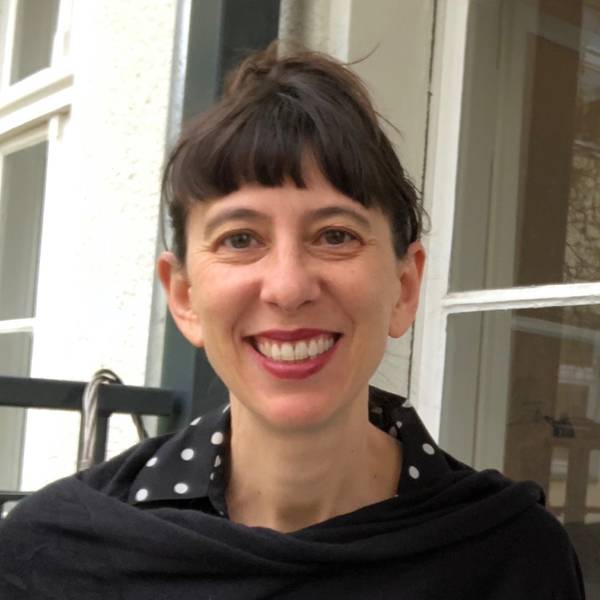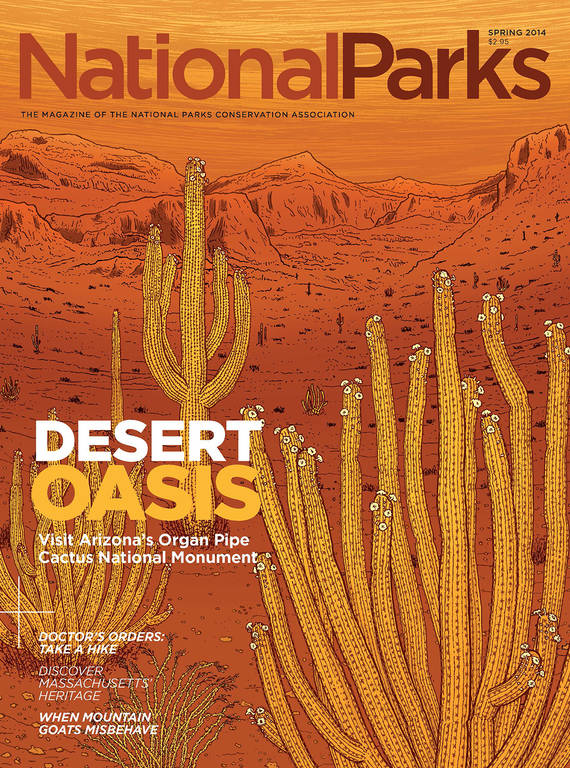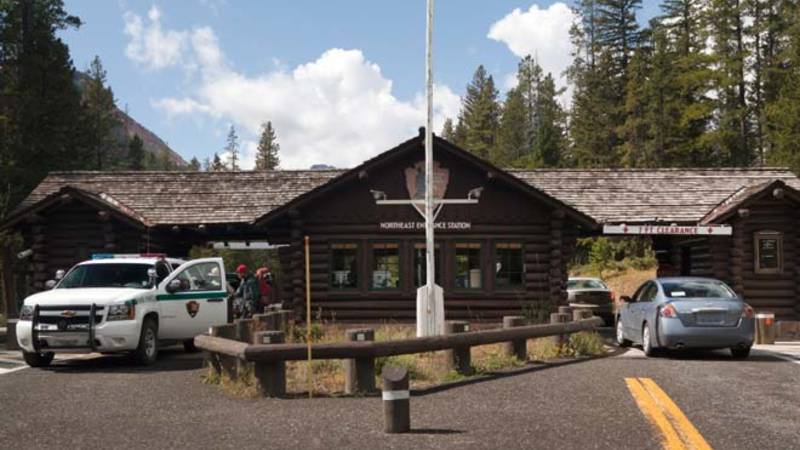Spring 2014
401 And Done
Visiting all 401 national park sites was Chris Calvert’s longtime dream—and then it became a reality.
Chris Calvert was 17 and had never been to a national park before, but the drizzly, gray weather was certainly not what he expected when he and his parents arrived at Olympic National Park on the first day of summer in 1980. Disappointed but undeterred, they drove up a winding road to Hurricane Ridge. The route was dark and wet but with each turn, the day seemed to get a little brighter. Three decades later, Calvert can still describe what happened next in passionate, crystalline detail:
“Almost instantaneously, the clouds just kind of fragmented. There was this kaleidoscopic effect of these tatters and wisps of mist flying away, and all of a sudden above us was brilliant blue sky,” he says. “In the foreground was this intense, green, subalpine meadow just bespangled with wildflowers of every imaginable color. It went down into this valley that was lined with these deep, dark, conifers—this ancient, Northwestern, old-growth forest—and beyond that the Olympic Mountains rose up. I followed my vision up into the mountains where these snowcapped, glacier-clad crags were just sparkling in the intense sunlight, and I was overwhelmed.
I said, ‘If this is what the national parks are about, I have to see all of them.’”
It was the sort of sweet, ambitious dream that most teenagers would eventually drop, but Calvert never did. In 1993, after he’d visited all 49 national parks, he set his sights on seeing every single unit in the system. In October, at age 50, he reached his goal with a trip to the Carter G. Woodson Home National Historic Site in D.C., his 401st site.
The Woodson home is now closed to the public for planned restoration work, so Calvert couldn’t go inside. “I touched the window sill and the wall, and that was the best I could do,” he says. “So hopefully history will forgive me.”
Afterward, he sent a note to friends reading “401 and Done!” It had taken him 33 years, three months, and 28 days.
When Calvert first set out on his quest, he didn’t have a deadline. It wasn’t a race. He wanted to experience parks, not just check them off a list. He circled back to places he loved and occasionally traveled to sites that weren’t on the Park Service map. “I figured I’ll just keep doing it, and if I get to all of them, great; if not, I’ll have had a great ride,” he says.
Nonetheless, he was pretty singularly focused. Since Olympic, he has visited at least two park sites every year, and once, in 1998, he hit 36. As soon as one trip is over, he’ll start planning the next—sometimes reading as many as 15 books from the vast collection of national park material in his home library. He accrues 30 days off each year from his job as a legal assistant and uses every one of them, sometimes traveling with companions and sometimes alone. His parents and sister-in-law routinely use his credit card to help him rack up miles for plane tickets.
Using a micro-cassette player to record observations, he collects stories as he goes and has a seemingly endless supply of them. In his high-speed, adjective-laden way, he’ll reminisce about a long-ago hailstorm or the time he and a friend went camping with only a single backpack between them. When an air taxi driver dropped him off for his first solo wilderness adventure—at Lake Clark National Park in Alaska—he stood on the edge of a lake the color of a robin’s egg and just laughed. On the third day of that trip, after lying in the fragrant tundra all day, he encountered a brown bear that was so fat its stomach scraped the ground as it walked. That was the last time he went to the wilds of Alaska without pepper spray.
He’s seen a pod of killer whales and a raft of sea otters floating on their backs. He’s also encountered bald eagles, caribou, moose, a peregrine falcon, and once, at Logan Pass in Glacier National Park in Montana, he was mesmerized by a cluster of mountain goats cooling themselves on a patch of snow.
An eternal optimist, Calvert has long since learned to leave his expectations behind. He has noticed that at Virginia’s Shenandoah National Park, which he frequently visits, visitors always scribble disappointed comments in the guestbook on foggy days. He wishes he could tell those people, “Go for a walk in the woods!” Find an orange newt that looks like a burning ember in the gloom or get up close to some moss that turns such a bright shade of green when it rains that it practically seems to glow. “Nothing to see because you can’t see the view? There’s plenty to see!” he says.
He even managed to find the silver lining when altitude sickness forced him to abandon a long-planned trip to scale Mt. Whitney, whose western slope is in Sequoia National Park: At least he finally had a story to tell about a time something went wrong.

National Parks
You can read this and other stories about history, nature, culture, art, conservation, travel, science and more in National Parks magazine. Your tax-deductible membership donation of $25 or more entitles…
See more ›A law-school graduate, Calvert could have become a big-shot lawyer but was unwilling to sacrifice that much of his life to a job, says Jeff Splitstoser, his partner. “As a young kid, he learned something that takes most of us our whole lives to learn: The most precious thing we have is time. All the money in the world cannot buy you back another second of it,” Splitstoser says. “His passion is seeing parks—not filing an application or a brief.”
Calvert puts it this way: He’s low on the totem pole at work and can sometimes be reserved, but going to the national parks is his escape; it transforms him. “Like John Muir said, ‘Going to the mountains is going home.’ I feel that way about the national parks,” he says.
In 2009, Calvert realized that with a concerted effort, he could probably visit the 15 remaining sites in four years, so his parents, now in their 80s, might be alive to witness it. After all, they were there from the beginning when he was a pint-sized naturalist who once—true story—caught a woodchuck with a butterfly net.
Calvert had intentionally saved the Woodson site for last. He hiked there from his suburban Maryland home, collecting friends along the 12-mile route until they were 13 strong at their last stop.
“I didn’t know how I would feel when I got there, but it was a great sense of satisfaction,” he says.
His mother cried when she saw the front-page story about his journey in their local newspaper. His father, a World War II veteran who confesses to finding some national parks boring, says he is “forever proud.” Even when Calvert was still at the last site, he was thinking of his next move. He has so much work to do, he says—travel notes to transcribe and slides to organize. He’s already planning the next trips: his annual pilgrimage to the Great Smokies and a possible return to the Grand Canyon. Something else was on his mind, too, as he surveyed the brick row house and the circle of friends at his final destination. “The biggest thought, the thing that’s sitting out there, is that this is just temporary,” he says. “I’m just counting time until 402 comes along.”
About the author
-
 Rona Marech Editor-in-Chief
Rona Marech Editor-in-ChiefRona Marech is the editor-in-chief of National Parks, NPCA’s award-winning magazine. Formerly a staff writer at the Baltimore Sun and the San Francisco Chronicle, Rona joined NPCA in 2013.


